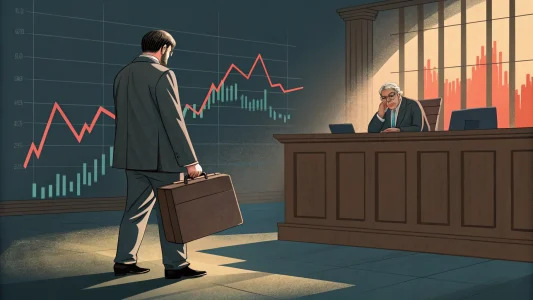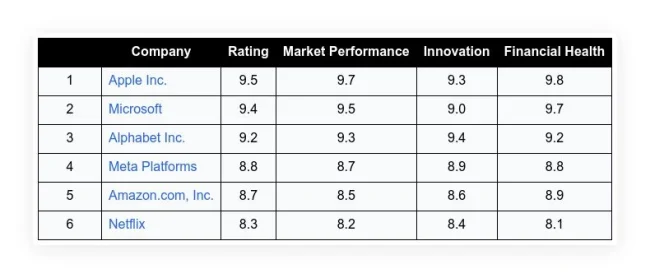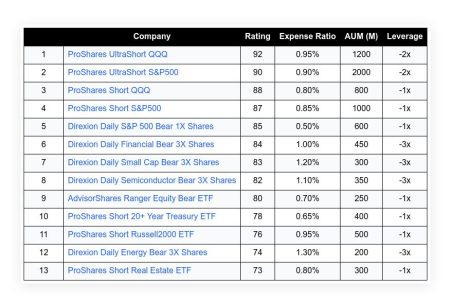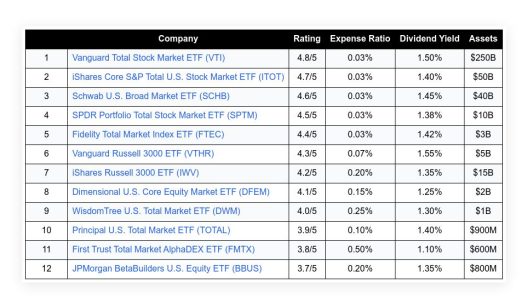Table of Contents
ToggleMain Insights Of The Bill
The tax bill is structured in a way that creates distinct winners and losers. At its core, the legislation benefits large corporations, high-income earners, service industry workers such as waiters and bartenders, and fossil fuel companies. In contrast, it adds burdens to future generations, puts low-income families at risk of losing health benefits, reduces employment prospects for health care workers, and cuts off support for companies that rely on tax credits for clean energy initiatives.
I observed that the approach of the bill is straightforward: it prioritizes policies that favor immediate financial gains over long-term stability for many families. This emphasis on tax relief for certain groups comes at a significant cost to social programs and future economic well-being.
View this post on Instagram
Winners Explained
A core element of the bill is its focus on boosting the profits of large companies. By granting permanent tax cuts to corporations, the legislation allows them to retain more earnings. This step also benefits investors who see larger profit margins. High-income earners enjoy another advantage through an increase in the SALT deduction cap, which raises it from $10,000 to $40,000.
- Corporations and Investors: Permanent tax cuts and increased profit margins are expected to drive growth.
- High-Income Earners: An increase in the SALT deduction cap offers them increased financial relief.
- Service Industry Workers: Waiters and bartenders benefit as tips are now tax-free.
- Fossil Fuel Companies: Rolled-back regulations provide a boost to their operations.
By reworking tax policies to favor these groups, the bill directly influences the distribution of current financial benefits. I have noted that those in profitable sectors may see immediate gains, but significant long-term costs balance these.
Losers Explained
With every policy that favors one group, there is a counterbalance that leaves others at a disadvantage. One of the major concerns is the addition of roughly $3 trillion to the national debt. This enormous increase is projected to impact future generations, placing an unsustainable burden on our children.
In addition, low-income families face a direct hit due to expected reductions in Medicaid coverage. It is estimated that 12 million families could lose access to vital health care services over the next decade. Health care workers are also affected; with Medicaid cuts on the horizon, there could be 5,000 fewer jobs in the field.
- Future Generations: The bill adds approximately $3 trillion to the national debt, shifting the burden forward.
- Low-Income Families: An estimated 12 million families risk losing Medicaid coverage, limiting access to health care.
- Health Care Workers: Job losses, around 5,000 positions, may result from reduced Medicaid funding.
- Clean Energy Sector: With the removal of tax credits for electric vehicles, companies such as Tesla no longer receive support.
Hearing these figures made it clear to me that while some groups gain short-term relief, others face significant long-term challenges. I see the consequences not only in economic terms but also in the social fabric of our communities.
Implications And Broader Impact
The bill’s structure points to a shift in priorities. By favoring groups that are already in strong financial positions, the policy may lead to a widening gap between wealthy and vulnerable populations. The permanent benefits to corporations and high-income earners could bolster investment returns. However, when future generations inherit the debt, the cost may lead to economic challenges down the line.
Consider the lasting effects of rising national debt. Future taxpayers could be responsible for servicing a burden that restricts government spending on essential services. With low-income families facing cuts in Medicaid, many might lose access to quality health care. As someone invested in financial planning, I worry about these long-term implications.
Winners include corporations, high earners, service workers enjoying tax-free tips, and fossil fuel companies, while losers see an increase in the national debt, cutbacks in Medicaid and health care jobs, and a setback for the clean energy sector.” – Taylor Sohns
This balance between immediate financial incentives and future economic challenges makes the bill a subject of intense debate. The changes in tax policy underscore a critical discussion about how decisions made today can affect the well-being of our society in the years to come.
The changes impacting the fossil fuel industry also raise questions about environmental policy. Rollbacks of existing regulations clearly benefit traditional energy companies. However, when incentives and support for clean energy are removed, companies that drive sustainable change, like Tesla, face unexpected obstacles. The removal of electric vehicle tax credits is a setback for many looking to invest in renewable technologies.
This singular shift illustrates how policy decisions can steer economic development in a direction that may not be in harmony with the broader goals of environmental sustainability and job creation in healthcare. I find it essential for those evaluating the bill to consider both the economic benefits and the social costs.
Reflecting On The Future
Taking a step back, I see that the bill reflects a broader view of fiscal policy. The winners benefit from immediate tax relief and profit expansion, while the costs imposed by a higher national debt and reductions in social services suggest complications in long-term planning. This conversation forms part of a recurring theme: short-term gains often lead to long-term challenges.
My analysis of the bill shows that decisions impacting today’s economy must be weighed against their impact on future generations. In my roles as CEO and financial advisor, I continue to stress the importance of balanced policies that support economic growth without compromising social services and job creation.
As debates around the bill continue, it remains vital for all of us to consider its broader impact. The winners may enjoy significant advantages now, but the losers face challenges that could affect the stability and fairness of our economic future. The true measure of any policy should lie in its effects both immediately and over time.
In closing, I encourage readers to reflect on the balance of benefits and burdens revealed by this analysis. The conversation around the bill is far from over and merits more public discussion. By contemplating both the financial gains and the savings cuts, we can better understand how today’s policies set the stage for tomorrow’s challenges.
Frequently Asked Questions
Q: What groups benefit the most from this tax bill?
Large companies, high earners, service industry workers who now receive tax-free tips, and fossil fuel companies are among those that benefit most from the bill’s provisions.
Q: How does the bill affect future generations?
The bill is set to add about $3 trillion to the national debt. This increased debt will be passed on to future generations, potentially affecting spending on critical services.
Q: What are the consequences for low-income families?
Low-income families face a significant impact, with estimates suggesting that up to 12 million families could lose Medicaid coverage, which would reduce their access to necessary health care services.

















